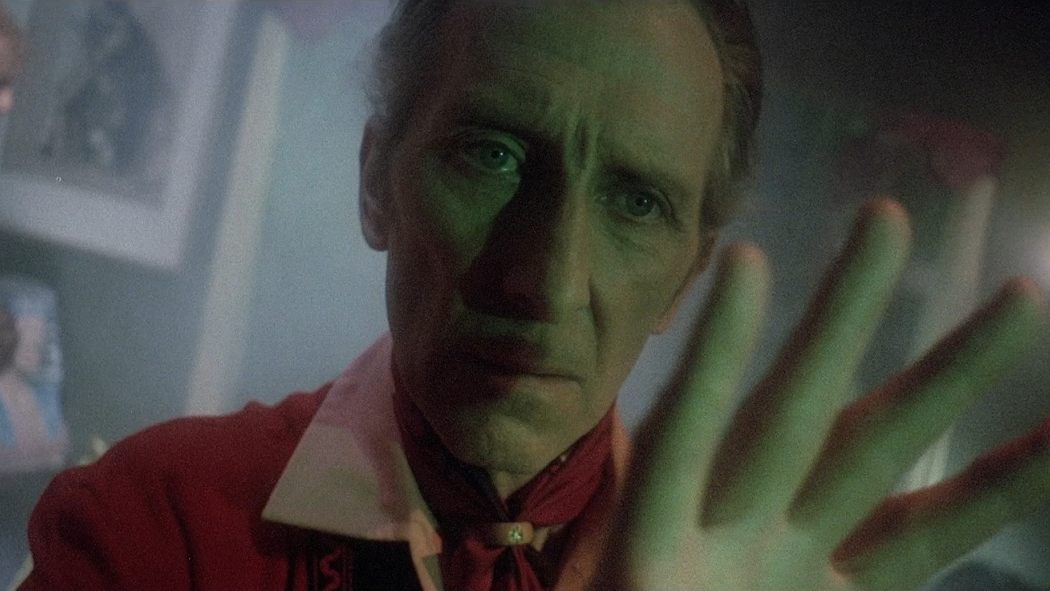
It is relatively safe to assume that the term cult film sits under a broad umbrella of ‘so bad they’re good’ monster movies, low budget horror, comedy misfires, and many more genres and subgenres of cinema.
So, let’s begin by looking at ten cult films, mainly from the 20th century, some of which are perhaps more famous or accomplished than others. Some of these films may have more lavish production values than others, while others may have been lifted from the bargain bin by a stellar cast or a prized best seller. Whatever the case, all of the films listed are worth revisiting.
1. Overlord (1975)
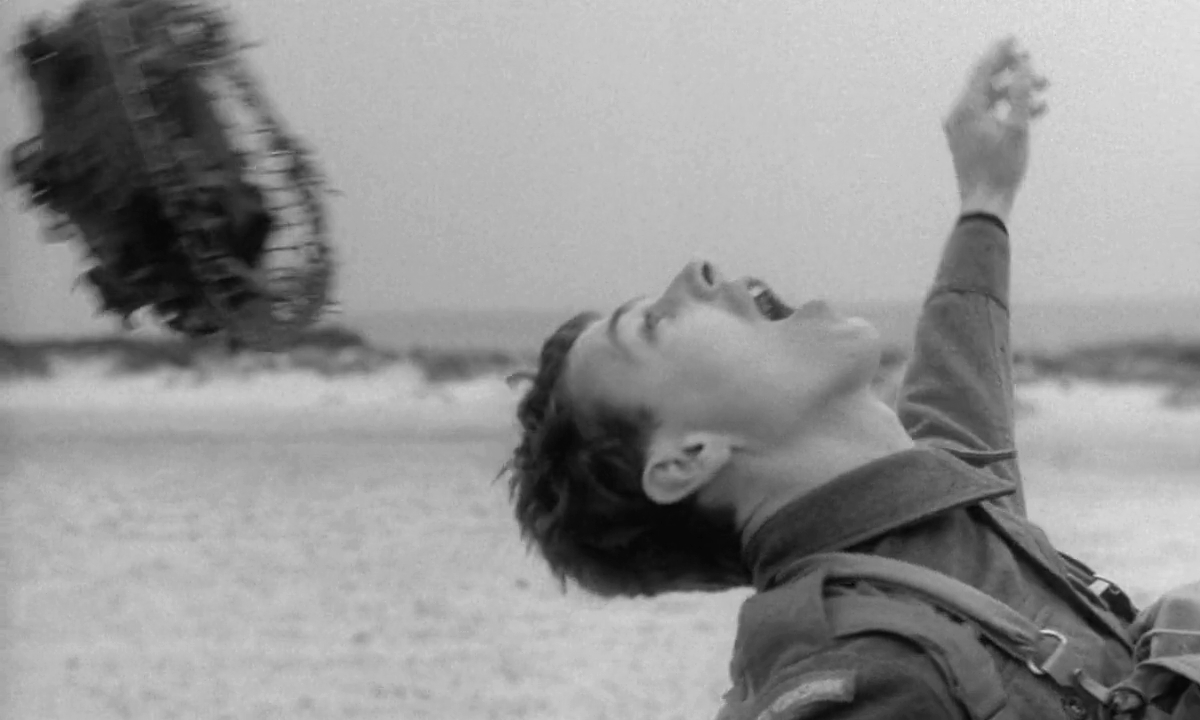
Director Stuart Cooper spent over 3,000 hours reviewing newsreel footage in the film archive at the Imperial War Museum before he and his co-author Christopher Hudson wrote their screenplay for this British war film from 1975.
Essentially, Overlord is two films. The central narrative is the personal story of Tom (Brian Stirner), a quiet young man called up to join the war effort, who begins his assault training, meets other more confident soldiers and prepares for the D-Day invasion. Acting as a hook to hang some suspense on, a premonition of a soldier falling in the dirt recurs throughout the narrative, along with some surreal imagery involving Tom and a young woman he meets in a bar. The other part of the film is archival footage depicting the world that Tom inhabits. This is a mixture of remarkable British and German newsreel footage, which cinematographer John Alcott seamlessly splices together with the contemporary live-action footage of Tom. Alcott shot the live-action footage of Tom with a newly found German lens from the 1930s, which Alcott fixed and mounted onto his camera, giving the crisp black and white footage a different quality and tone.
Overlord is a remarkable film, a quasi-docufiction championed by no less than The Imperial War Museum and the Ministry of Defence. Indeed, The Imperial War Museum helped design sets and costumes for the film, helping to lend the film a sense of authenticity. Overall, Overlord is a perfect combination of startling documentary footage and a mournful and intimate portrayal of a soldier’s life in World War Two.
2. Clockwise (1986)
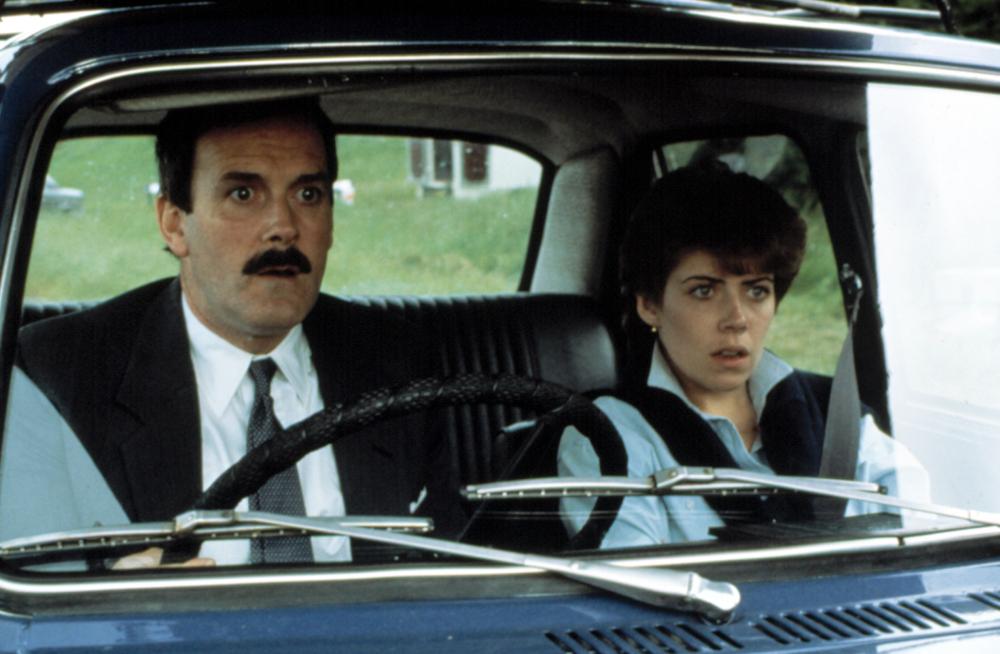
John Cleese reins in his Basil Fawlty persona for this quiet and quintessentially English comedy. Cleese plays school headmaster Brian Stimpson, so obsessed with time and punctuality that Stimpson runs his school and entire life with clockwork precision. Stimpson is invited to a headmasters’ conference in Norwich, where Stimpson is the first headmaster from a comprehensive school to chair this all-important annual conference.
En route to the conference, Stimpson misses his train and accepts a lift from a mouthy schoolgirl (Sharon Maiden). Misunderstandings and farcical situations escalate and swallow up the narrative as Stimpson’s long-suffering wife Gwenda (Alison Steadman), the police and the schoolgirl’s confused parents chase Stimpson to Norwich. Most of the humour found in Clockwise derives from screenwriter Michael Frayn’s choice to make Stimpson, at first glance, supercilious and obsessive over timekeeping. Yet, Frayn also allows Stimpson to have a heart, his primary motivation being to make his school and its pupils proud.
On its original release, some of the more quaint and colloquial English humour failed to find an international audience, which Cleese would remedy in his next film by importing American stars and adding a much brasher style of comedy into A Fish Called Wanda. Yet, with its gentle characterisations and cosy middle England sensibilities, Clockwise has much to offer; British stalwarts Penelope Wilton, Geoffrey Palmer, and Sheila Keith all help prop up the cast. The gentle humour woven throughout the many comical situations and the observations on class help position Clockwise as an overlooked cult classic.
3. Dog Soldiers (2002)
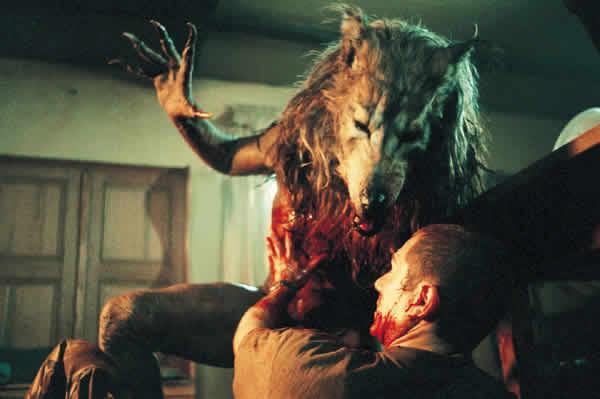
Over twenty years had passed since Hammer last offered up anything remotely horrific, and the horror genre got a new lease of life Stateside with The Blair Witch Project, not to mention the Scream franchise and its many derivative knock-offs. However, the beginning of the 21st century saw the resurrection of British horror. Dog Soldiers concentrates less on interesting characterisation and focuses all its efforts on jump scares and some well-judged black humour. Tapping into the lad culture of the period, and at the same time revisiting a tried and tested sub-genre of classic horror, a group of soldiers on manoeuvres in the Scottish Highlands gets attacked by a family of werewolves.
After meeting a mysterious woman (Emma Cleasby), the group make a run for it and find refuge in a remote cottage in the middle of nowhere. The framework of trapping your protagonists inside a house as evil lurks outside, demanding to get inside, is a time-tested trope of horror cinema. Resembling the very best in horror cinema (Evil Dead, Straw Dogs, The Night of the Living Dead), the ensuing siege of soldiers versus werewolves is as violent as it is funny. Director Neil Marshall, who had been trying to get the film made since the mid-1990s, ditches the drama of the original Wolfman of the 1940s and pushes Dog Soldiers into Aliens territory as seven-foot lycanthropes besiege a tiny cottage while macho soldiers fight for their lives. Undoubtedly, Dog Soldiers is a certified cult classic of British cinema, bolstered with a fine cast and impressive visual effects.
4. House of the Long Shadows (1983)
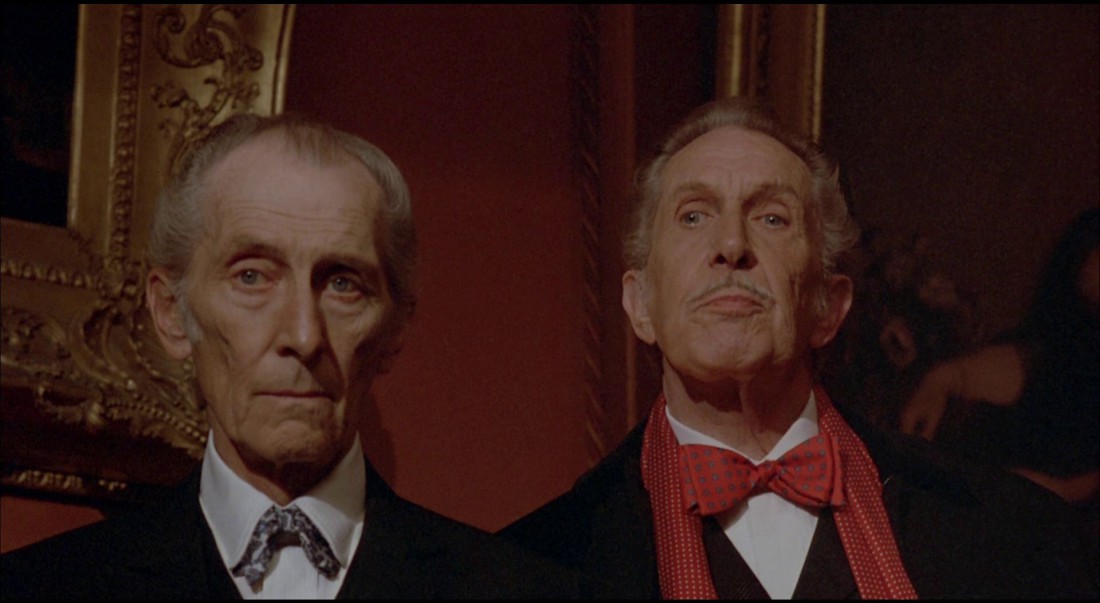
Director Pete Walker, who carved out a career as a horror specialist in the 1970s with such films as House of Whipcord, Frightmare and House of Mortal Sin, was responsible for bringing together four titans of horror cinema. Vincent Price, Christopher Lee, Peter Cushing and John Carradine were all brought together in a genre of horror even older than they were – that of the old dark house.
Based on the novel Seven Keys to Baldpate by Earl Derr Biggers, House of the Long Shadows begins with some nonsense about a smug young author called Kenneth Magee (Desi Arnaz, Jr.), who makes a bet that he can write a book about love and “human passions” within twenty-four hours. Needing somewhere totally isolated and with a bit of atmosphere, Magee heads to an old country house in Wales. Magee finds a typical old dark house, complete with wall to wall thunder and lighting and the introduction of Carradine, Cushing, Price and Lee.
In one sense, you could look at House of the Long Shadows as a horror tribute film to the horror stars of yesteryear. Yet you could also view the film as a horror parody, perhaps in the way Neil Simon’s Murder by Death poked fun at the murder mystery genre. This might have worked if House of the Long Shadows had one memorable joke in its entire running time. Whatever the case, House of the Long Shadows is an odd film. In the early 80s era of Michael Myers and Jason Voorhees, how strange, yet glorious, to see four past masters of horror cinema, all together for the first and only time.
5. The House that Dripped Blood (1971)
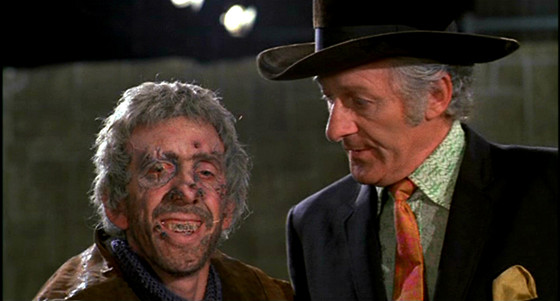
Another anthology film from Amicus, with a screenplay by Robert Bloch. Celebrated as the author of Psycho, Bloch crafts a horror jukebox of vampires, voodoo and wax museums, all set within the four walls of The House That Dripped Blood.
Due to the episodic nature of the anthology film, Amicus Productions would hire prominent film stars for short periods of filming. With this third anthology film, producers Milton Subotsky and Max J. Rosenberg struck gold by employing a trio of horror icons. Christopher Lee, who would soon price himself out of the horror genre with a career move to more international fare, is in top form here in one of the best stories, as a father mysteriously terrified of his seven-year-old daughter. In a sombre and moving performance, Peter Cushing plays a lonely art lover who finds a lost love in a wax museum. And in a final more comedic segment, the voluptuous Ingrid Pitt is suitably cast as a vampire, along with Jon Pertwee, fresh from his first season as the third Doctor Who.
Before falling out of favour with audience expectations and American investment in the mid-1970s, Amicus produced a string of anthologies and horror films during the 1960s and into the 1970s. Among these, The House That Dripped Blood stands firm as an example of classic British horror, tame by today’s standards of screen violence but assured in devilish storytelling by H.P. Lovecraft devotee Robert Bloch, and rich in art direction by Amicus regular Tony Curtis.